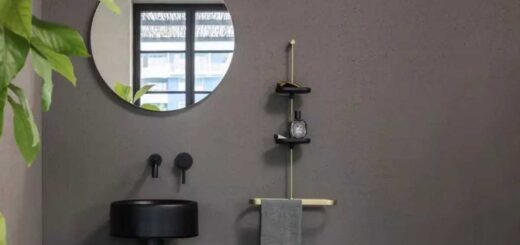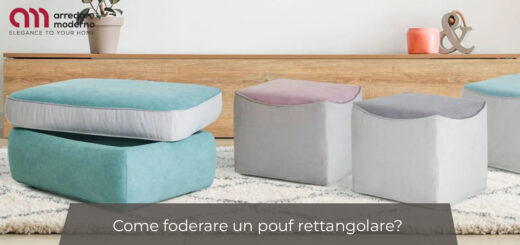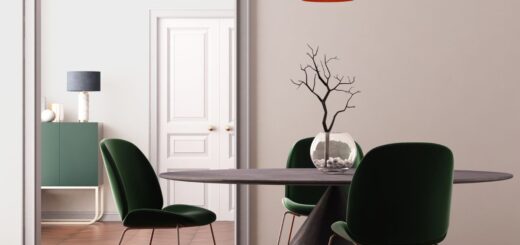How to clean brass: ideas and tips
Brass is a material found in many everyday objects such as furniture and home accessories. Knowing how to take care of it is important to keep its natural shine intact. Here is a mini guide to cleaning brass in the home.
A guide to cleaning brass in the home – There are many metal finishes that can enrich an interior design project. Metal finishes for furniture have become increasingly popular in the design world. Metal is becoming a trend: unique details find their way into furniture, accessories and even wall coverings. Among metals, brass is among the most widely used finishes because of its brightness, anti-corrosive qualities and malleability.
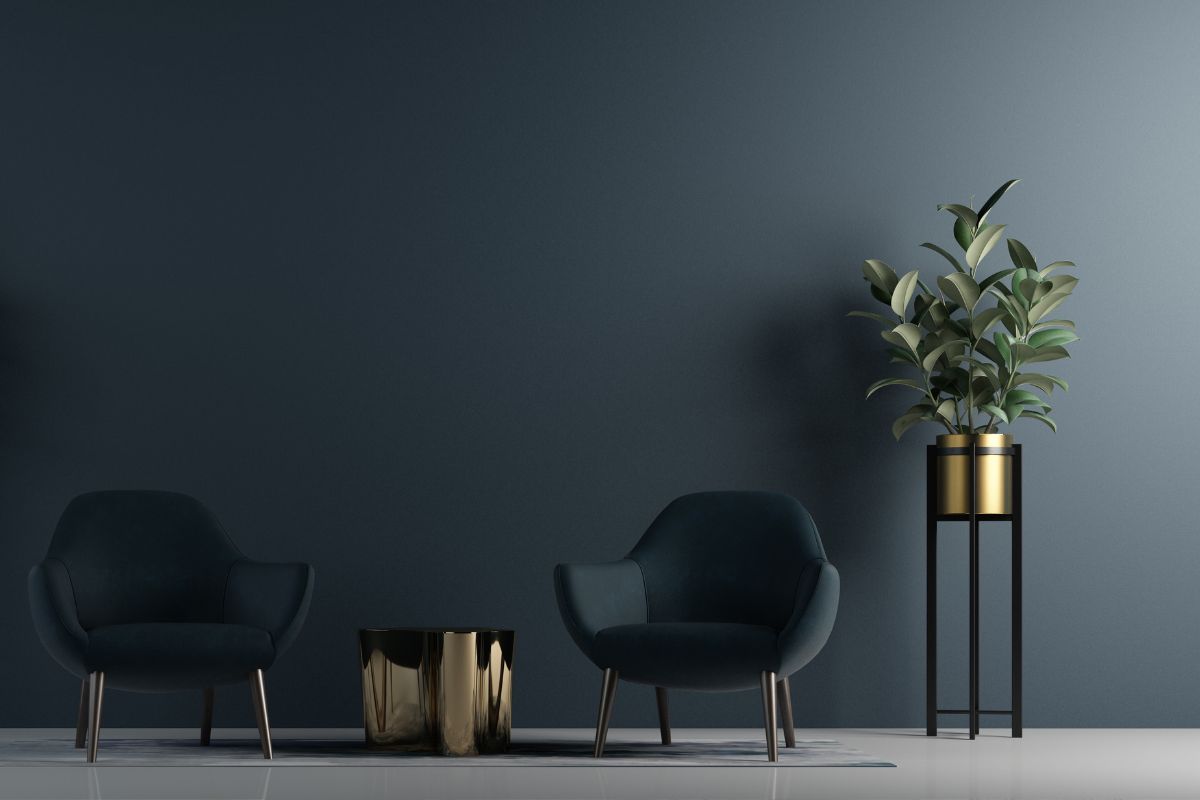
Cleaning brass: ideas and tips
Brass: how many variations are there?
There are different types of brass. Polished brass is characterised by a shiny and bright surface.
Brushed brass has a striated surface, is textured and opaque.
Bronzed brass is characterised by a greater opacity and a more intense colour.
Also widely used in interior design is hammered brass, natural brass, frosted brass and sculpted brass.
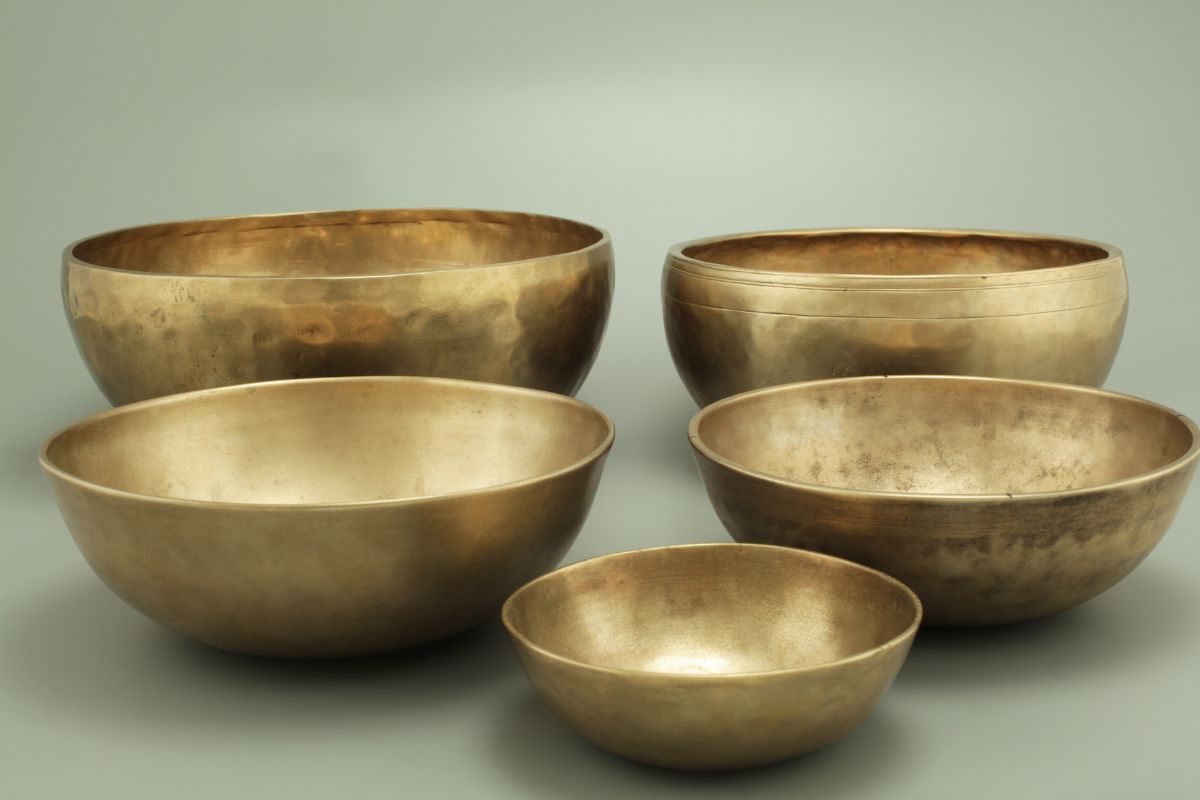
Cleaning brass: ideas and tips
A guide to cleaning brass in the home
Cleaning brass with natural products: vinegar and lemon
Brass can easily be cleaned naturally. However, it is important not to let too much time elapse between cleaning. In fact, the use of brass objects and the accumulation of dust speeds up the oxidation process.
A solution of vinegar and lemon can be used to remove dirt from oxidised brass. Simply polish the brass item, such as the Mineral Stand Slide table lamp supported by a satin brass stem, with a non-abrasive sponge by combining lemon juice with vinegar. This solution can clean brass very easily as long as the metal is immediately dried with a soft cloth.
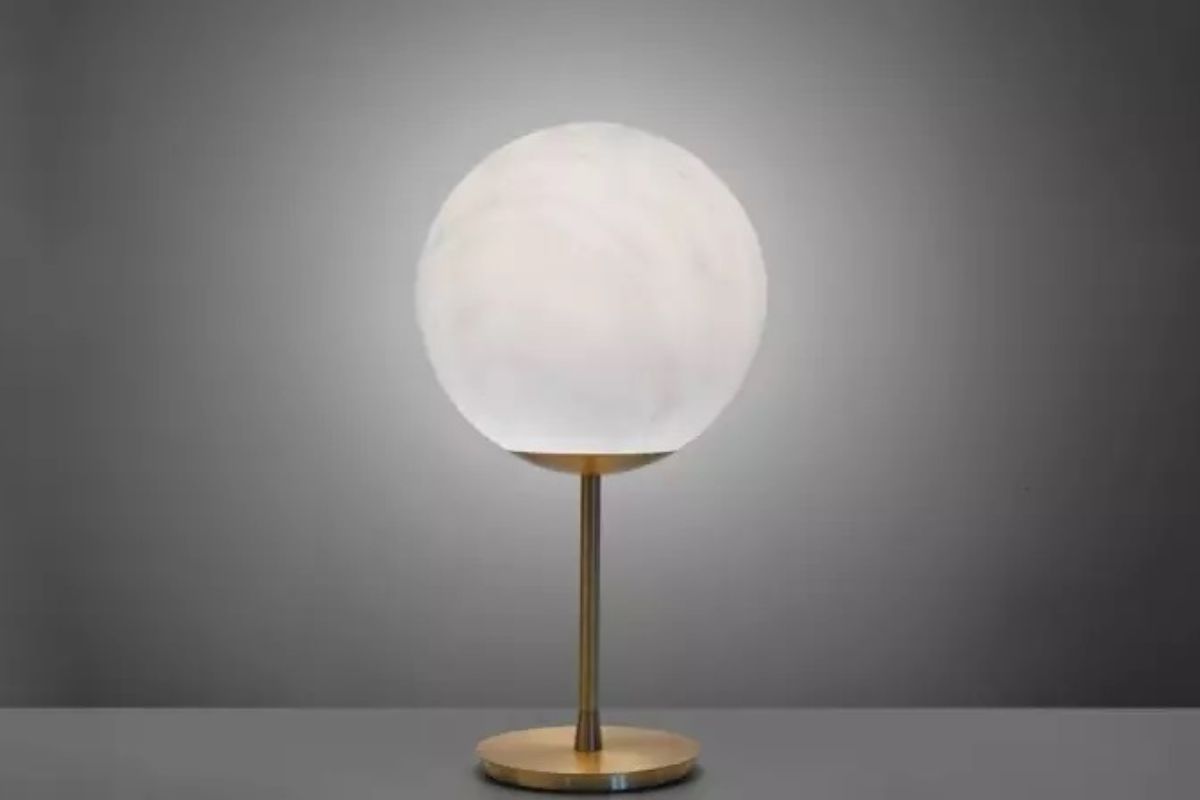
Mineral Stand Slide table lamp
Cleaning brass with natural products: Marseille soap
Marseille soap is an excellent natural cleaner for cleaning brass. Simply dissolve it in a container of lukewarm water and soak the brass objects in it for a couple of hours or so. Once this time has elapsed, rinse and dry well using a soft cloth. If there is more stubborn dirt, you can rub the brass object with a sponge or soft bristle brush. Never use abrasive sponges or hard-bristled brushes as they can damage the surface of brass.
Cleaning brass with natural products: baking soda
Baking soda is also a natural ingredient that can be used to clean brass. Simply dissolve it in warm water until a smooth, soft cream is obtained, which is then applied to the brass object to be cleaned, leaving the mixture to work for about 10 minutes, rinsing with a solution of water and lemon and drying with a soft, anti-static cloth.
How to polish brass objects?
Brass furnishings, such as Bonaldo’s Tie round coffee table with legs in brass finish, which are not oxidised, only need careful polishing. In this case, you can use linseed oil or vinegar and salt or even lemon juice and bicarbonate.
Linseed oil is an excellent ingredient to make brass objects shine: just rub the oil with a cloth on the brass to be polished. The oil will not only polish the object, but also create a protective patina.
Vinegar and salt form a smooth cream that passed over brass objects will polish them quickly.
Lemon juice and bicarbonate of soda are also two ingredients that, when applied to brass and left to act for about an hour, can polish the metal.
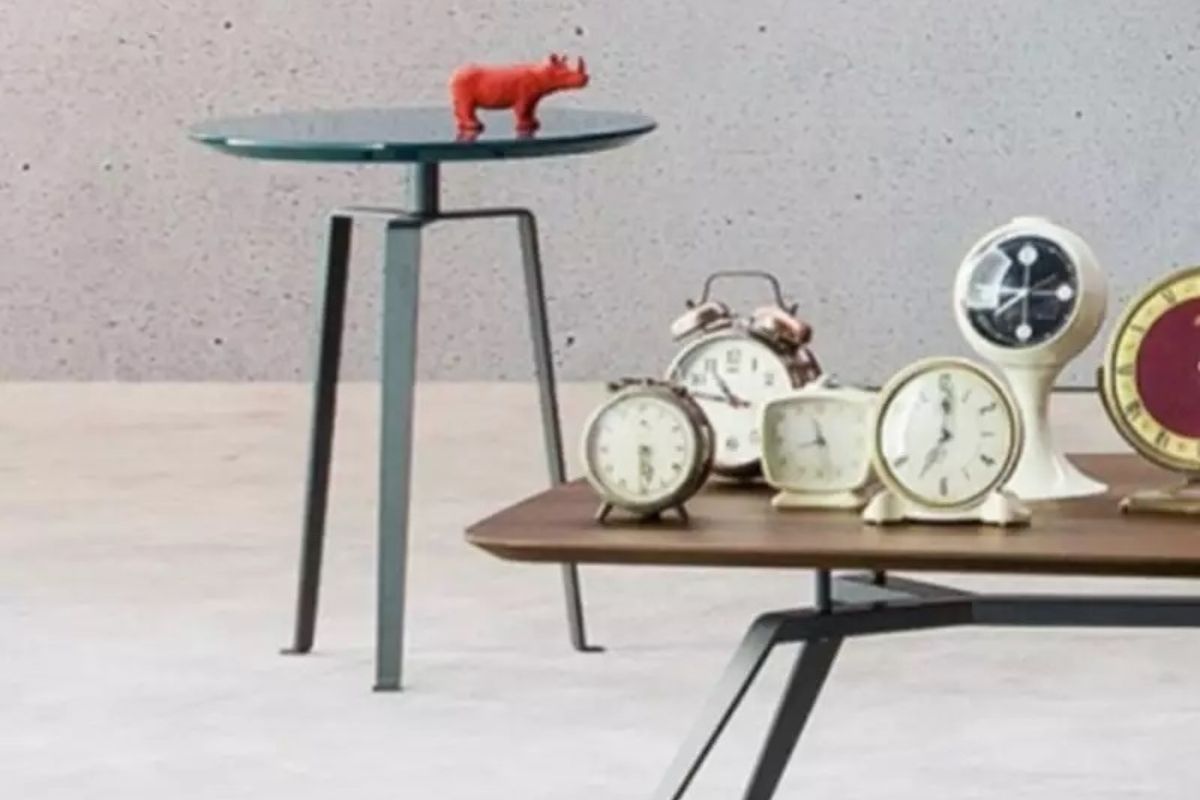
Tie Bonaldo round coffee table
How to clean oxidised and painted brass?
If the brass object is particularly oxidised, it may be necessary to use ammonia together with vinegar. A mixture of white vinegar and ammonia must be prepared and the brass object soaked for no more than an hour. After this time, rinse well and dry with a soft cloth.
If, on the other hand, you need to clean a painted brass overhang, you must act differently. If the paint has cracks, you should contact an expert who will remove the old paint and apply a new coat. Otherwise, it may be sufficient to use lukewarm water and mild soap, wipe the surface of the object with a soft cloth, then rinse and dry thoroughly.
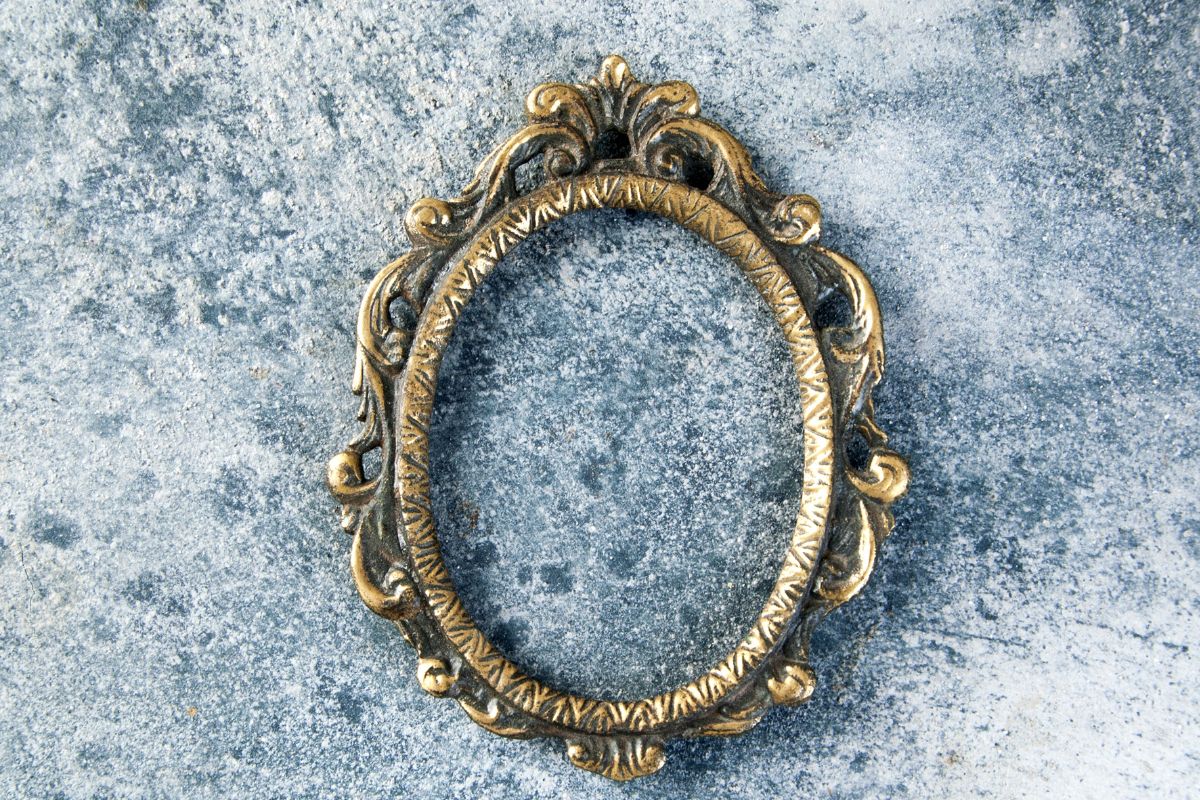
Cleaning brass: ideas and tips



